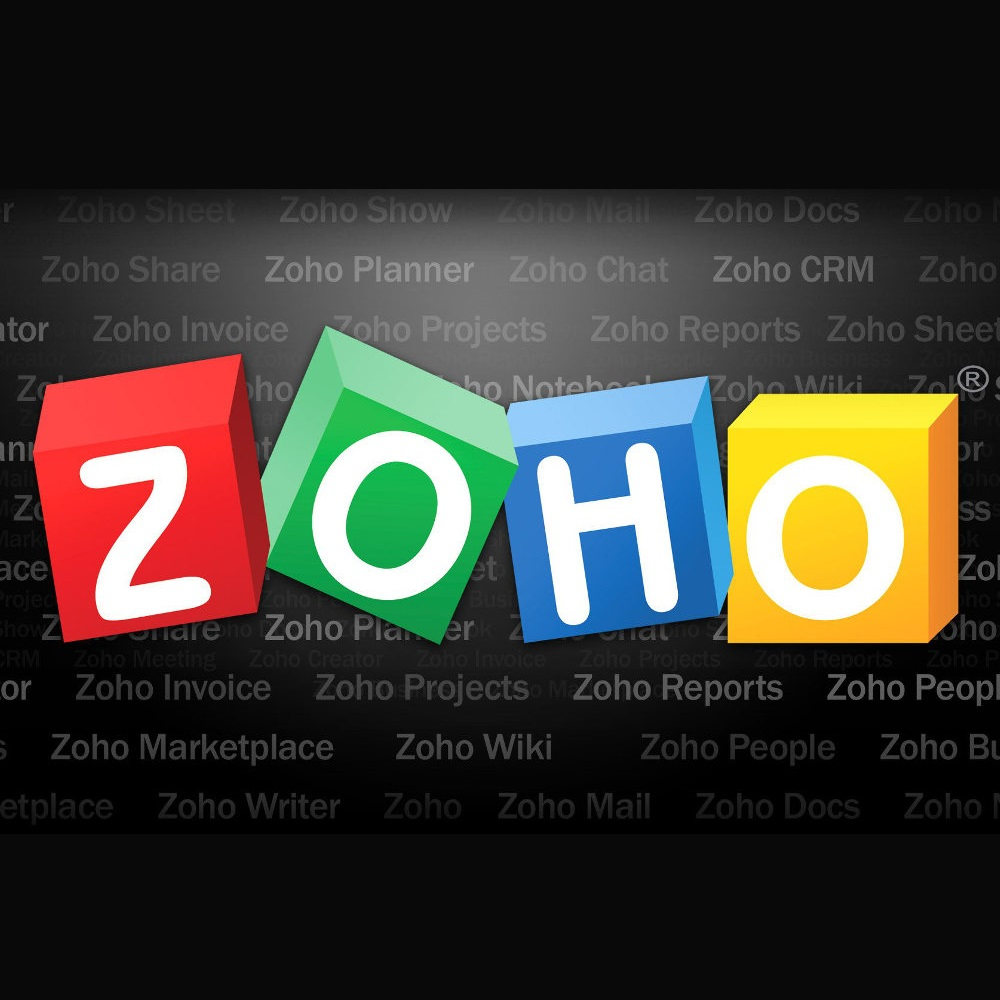
Effective inventory management not only minimizes disbursement but also enhances operational efficiency and increases profitability. Manufacturing accounting systems offer valuable visibility into key aspects of inventory management, encompassing goods acquisition, stock valuation, and the calculation of moving average costs (MAC). These insights enable businesses to optimize their inventory management strategies and achieve a more streamlined and profitable manufacturing process.
- Fixed labour costs could include contractors, technicians, and maintenance staff with set jobs to do with set fees.
- Job costing is advantageous for returning close-to-exact cost values per finished project or finished good.
- Manufacturing accounting systems offer valuable visibility into key aspects of inventory management, encompassing goods acquisition, stock valuation, and the calculation of moving average costs (MAC).
- Effective cost management lies at the core of the manufacturing sector’s financial stability and long-term profitability.
- If cash flow is a potential concern, addressing this constraint might involve securing manufacturing business funding beforehand to ensure it does not impede the overall production process in the facility.
- The solution is to build a custom tech stack out of multiple smaller, cheaper, cloud-based systems that integrate to create a synchronised flow of data between each area of your business.
Ask a Financial Professional Any Question

This article explains what manufacturing accounting is, the types of manufacturing costs that must be accounted for, and how to accurately value production costs using different methods and technologies. With numerous accounting methods and costing strategies that manufacturing businesses can use, it is always important to ensure that cash flow is maintained to avoid hiccups during production. Manufacturing business owners can also consider financing options such as invoice factoring to maintain a streamlined flow of money in their operations regardless of the market outlook. The above methods will also help businesses choose what suits their operations the best, ensuring production performance is optimal and profits are commensurate with expectations.
Periodic Inventory System
Outsourced accounting from a CPA firm is less expensive and may be enough to meet your needs. Let’s explore the essential features that every excellent accounting software for manufacturing should include. Manufacturing accounting is a complex process that requires specialized knowledge and skills. In order to ensure accuracy and efficiency in the process, there are certain best practices that should be followed. By applying inventorial techniques to these costs, businesses can identify areas where spending can be reduced, efficiency can be improved, and profitability can be increased. This blog post will explore a range of indispensable tips and proven strategies specifically tailored to the unique challenges of accounting in manufacturing.
This depends on whether the labour requirements of a particular job change as you add more volume. Manufacturing costs can also be categorised as either variable accounting course requirements coe college costs or fixed costs. If you can’t keep track of every item in your inventory because the units are interchangeable, you must assume which ones you sell first. While you can’t know for sure which you sell first, this keeps your books organized.
What is the difference between a Manufacturing account and a Factory Overhead account?
Understanding income statements in a manufacturing setting begins with the inventory cost flow equation. This method is by far the most common method used in manufacturing businesses to accurately estimate their costs. In standard costing, businesses assign standard costs for raw materials and labor when factoring above the line below the line financial concept them into inventory and production expenses.
Though they’re not ready for sale, these goods are still an asset on your balance sheet. By integrating your accounting software with Katana’s cloud manufacturing platform, you’ll get all these essential features and more. Get a demo of Katana, and see why thousands of manufacturers trust Katana to manage their entire business.
As we have seen, manufacturing accounting includes insight into processes absolutely fundamental for ensuring the financial health of your manufacturing business. If approached with sufficient scrutiny, manufacturing accounting will grant knowledge of all of the operational costs of a company and enable managers to make informed decisions on how to drive revenue and increase profit. To end this article, let us take a look at some manufacturing accounting best practices that should be on top of the to-do list. Manufacturing accounts can help businesses track their production costs, materials used, and inventory levels. Manufacturing accounts can also help businesses budget for future production costs.
Because you must get special permission from the IRS to change your accounting basis later, it’s best to get it right the first time. Mattias is a content specialist with years of experience writing editorials, opinion pieces, and essays on a variety of topics. He is especially interested in environmental themes and his writing is often motivated by a passion to help entrepreneurs/manufacturers reduce waste and increase operational efficiencies.
The chief disadvantage lies in having to routinely update the standards which can be arduous in case of constantly changing market conditions. The total manufacturing cost also informs two crucial KPIs for determining a company’s Gross Profit and Gross Margin – Cost of Goods Manufactured understanding credit cards (COGM) and Cost of Goods Sold (COGS). As part of the manufacturing process, your business is likely to have items in production that have not yet been completed.
